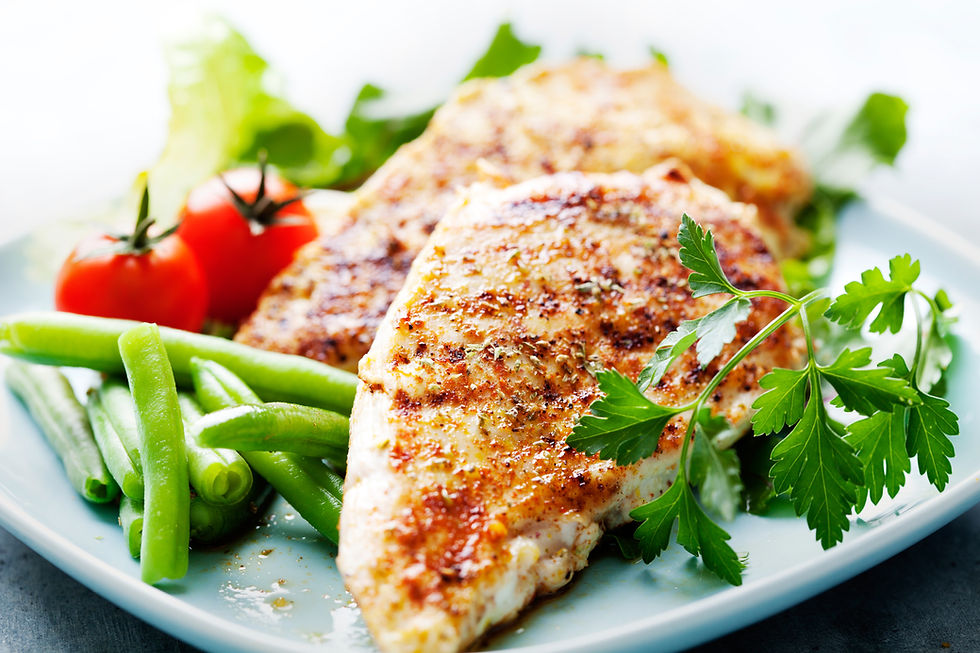Hydrate With Fruits and Vegetables
- Tanya Jolliffe, RDN, LD

- Jun 17, 2019
- 2 min read
Updated: Aug 1, 2019
Water is essential for life. It helps the body with many vital functions such as the production of digestive enzymes and the absorption of vitamins, minerals and natural sugars. It is also an important part of regulating body temperature and promoting waste elimination regularity.

Staying adequately hydrated is very important, especially when you are active. While almost all foods contain water, fruits and vegetables tend to have the highest content, ranging from 80-98%. Including more of them in your diet is an easy and healthy way to promote hydration through food.
A 2009 study done by the University of Aberdeen Medical School found that replenishing with watermelon or cucumbers after an intense workout was twice as effective at rehydrating the body compared to a glass of water. The natural sugars, amino acids, mineral salts, and vitamins lost in exercise are replenished at the same time when water-rich fruits or vegetables are consumed compared to replenishing with just water alone.
Looking for some great low-calorie snacking options to keep at your desk or in the seat next to you while you drive? Consider packing some of these options to aid your hydration while satisfying your cravings:
Percent water per volume of vegetables
Cucumbers and lettuce - 96% water
Zucchini, radish, and celery - 95% water
Tomato and cherry tomato - 94% water
Green cabbage - 93% water
Cauliflower, eggplant, red cabbage, peppers, and spinach - 92% water
Broccoli - 91% water
Carrots - 87% water
Green peas/pea pods - 87% water
Percent water per volume of fruits
Watermelon and strawberries - 92% water
Grapefruit - 91% water
Cantaloupe - 90% water
Peaches - 88%
Pineapple, cranberries, oranges, and raspberries - 87% water
Apricots - 86% water
Apples and pears - 84% water
Cherries and grapes - an average of 81% water
Banana - 74% water




Comments